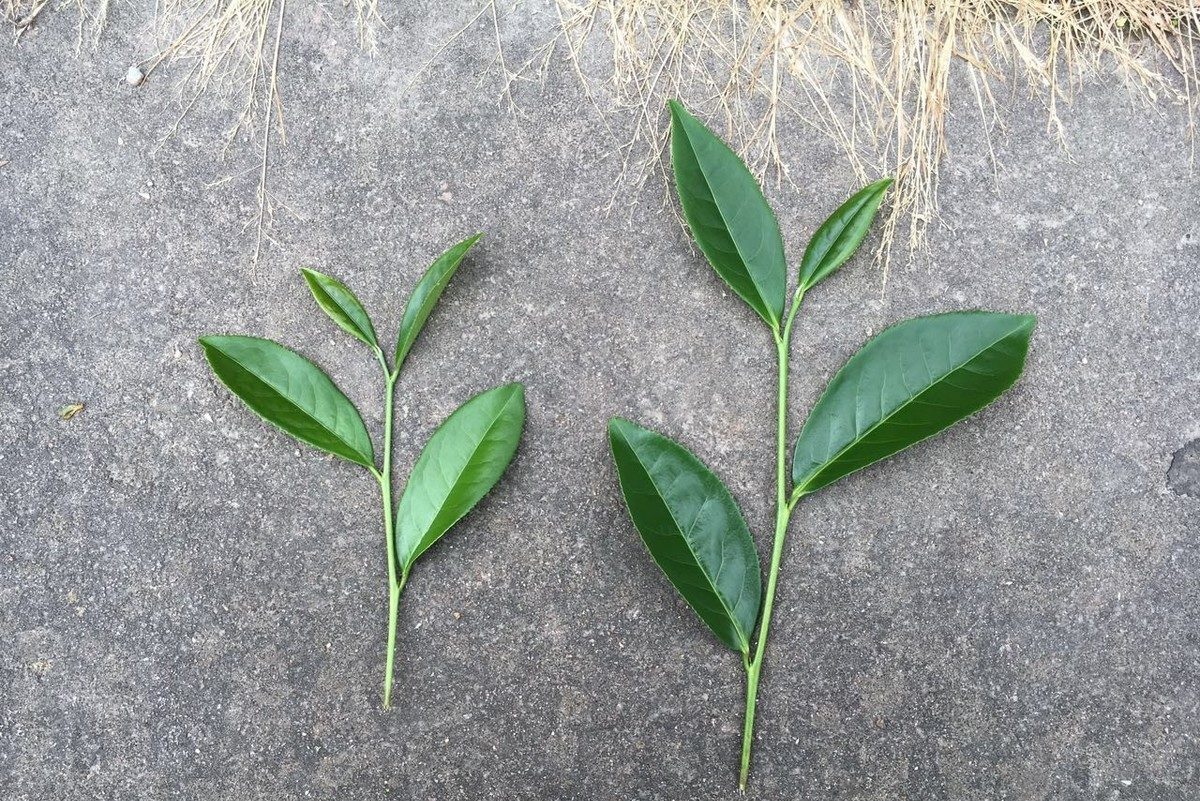
Unlike other types of tea, Wu Yi Rock Tea has its unique process of roasting. Coffee can only be served by undergoing processing in its origin and roasting by roasters, so does Rock Tea.
The harvest time for tea cultivated around Wu Yi Mountain is each year during April and May; nevertheless the leaves are no longer tender shoots at that time. Picking first four or five leaves from the new shoots of mature branches is how raw Rock Tea is collected. The whole branch has to be cut from tea bush, then goes through sun-dry, repetitive shaking, fixation, rolling, drying process successively. After all mentioned steps are done, we can call it primary tea. Then the primary rock tea is ready to be roasted.
During summers, workers cut out all stems and yellow leaves (old leaves). Without being afraid of summer heat, they start to bake tea in order to sell their end product in the market before mid-autumn festival.
The color of primary tea is brownish, it turns darker during roasting process, and the aroma is getting more astringent along as the roasting time goes.
You have to reserve your tea in advance although it has not yet gone through the roasting process, otherwise it would be quickly taken by others. Merchants can discuss with tea-roasters roasting levels according to their customers’ preferences: people from the North love jasmine tea and Tie Guan Yin Tea(a variety of Onlong tea), hence roasting level should be light and full of floral fragrance. People from Fujian Province like medium roasted teas with gentle fragrance and decent body. It would be better to suggest your roaster to roast it with charcoal rather than electricity, if the raw materials are decent enough.
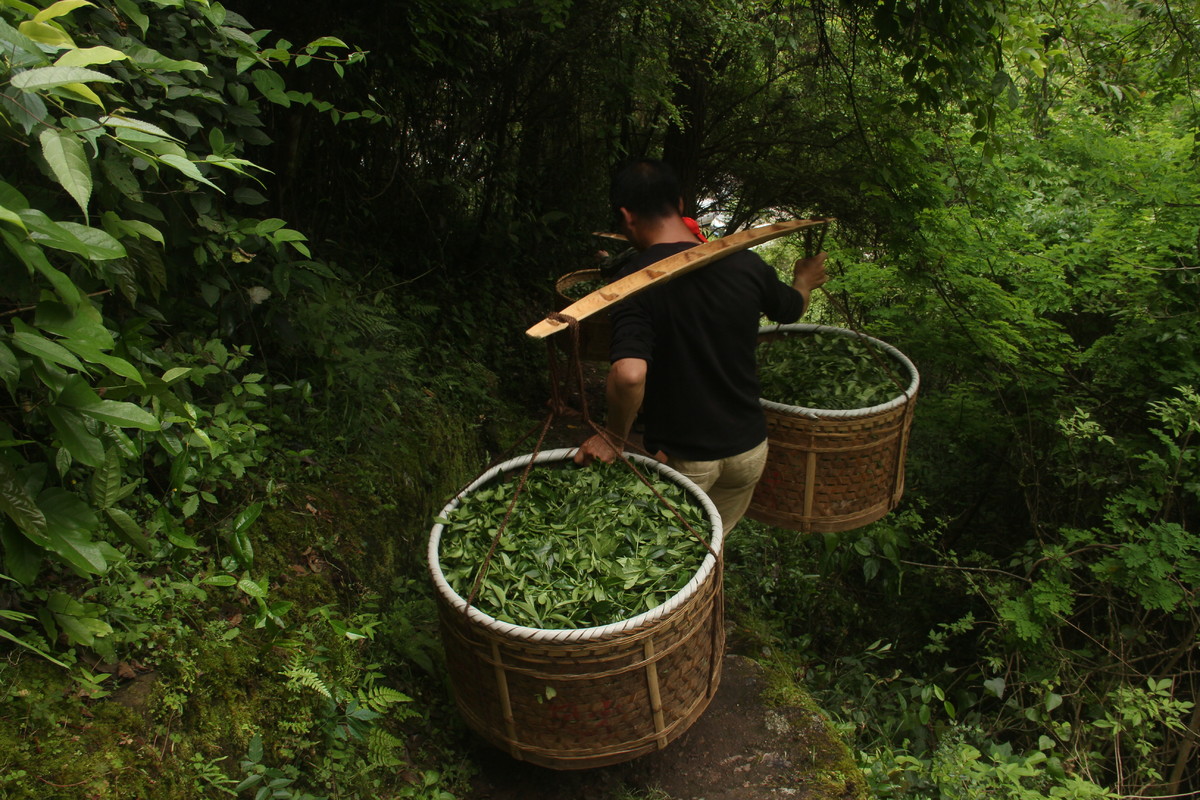
Charcoal-roasting is traditional for Wu Yi Rock tea, it rises gentle heat higher and higher during the process. The end product is neither burnt nor half-roasted because of the consistent heat rising. The charcoal for roasting tea should be made of delicate and firm fruit wood such as Litchi and Longan, those charcoals last longer with balanced thermal level. However, the charcoal is made of wood and while preparing charcoal, it generates soots. For the environmental and economic reasons, nowadays tea roasters usually use electric ovens instead of charcoal. Although the outcome of electric roasting is not as efficient as charcoal, roasters don’t have to work in an environment with high temperature. In addition, electric roasting is cheaper and reduces cost of a final product. Overall, commodity rock tea is usually roasted electrically, while only specialty rock tea is roasted with charcoal and of course has a higher cost.
Similar to roasting levels of coffee, the rock tea can be roasted in light, medium, and dark levels. Within those three categories, there are also light-medium and medium-dark levels.
The color of light-roasted rock tea is yellowish brown or bluish brown with bright and sharp fragrance. The extracted fluid is light with the color between golden and orange. The body is muddy and mouth feel is bright and fresh. The color of tealeaves underneath is typical to Oolong tea with 30% red and 70% green. The aroma of light-baked rock tea reminds of wild flowers. It is easy to define the quality of the roasting process as even light-roasted tea has no bitterness if tasted.
In recent years, medium-light roasted tea is quite popular as it has strong floral fragrance such as Tie Guan Yin Tea with full body and smooth mouthfeel. In addition, unlike Tie Guan Yin Tea, Rock tea is single cultivar with unique fragrance. The color of medium-roasted tealeaves is red and brown with warm fragrance, thick and full body and fruity flavor. The color of extracted fluid is bright orange, that is full of sweetness. Most people can’t get used to medium-roasted tea at the beginning as it has no unique fragrance and the taste is pretty new. Same as Chinese liquor, one can only enjoy it once get used to stronger spirits with particular aroma such as Mao Tai Liquor (The most famous and pricy Chinese liquor) . Rock tea is the same, you can appreciate its art of processing and brewing with 8 grams of tea leaves and 110ml of boiling water only after getting used to it. Talking about the origin, the unique aroma from varies origins can be clearly distinguished in medium-roasted level. You can find out the quality of tea processing by roasting the tea at light or medium level and modulate magnificent aroma and fragrance. At this roasting level, the characteristics of cultivar and origin will show themselves.
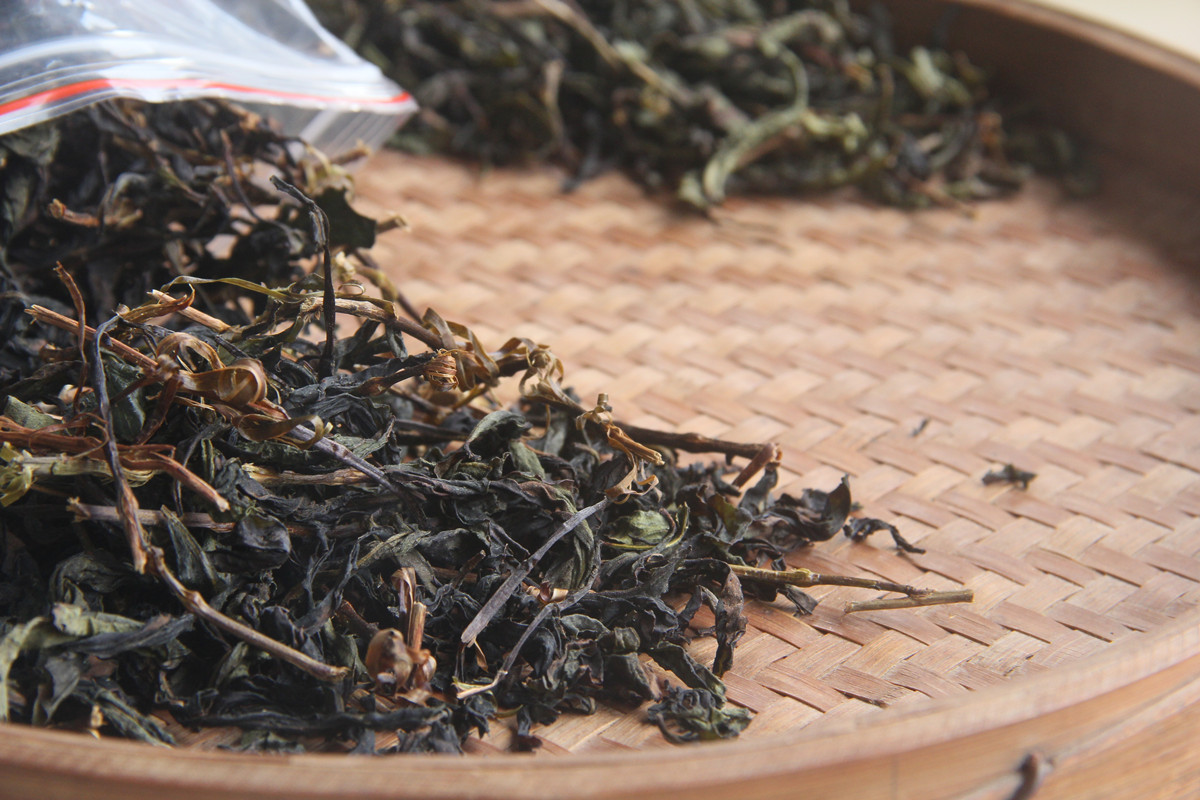
Dark-roasting makes tealeaves glossy black with tea-with-milk or coffee flavor. The liquid is transparent with brownish red color, but light mouthfeel. Dark-roasting tea actually doesn’t taste bitter, caffeine does but it is very easy to sublimate and vaporize it out during roasting process.
The whole process of tea-roasting develops various fragrances and flavors, even though many compounds are lost during roasting. The result of continuing baking might differ, it depends on how the tea-merchants and roasters modulate the roasting profile in order to demonstrate the best of their tea. Different origins give tea different substances and compounds. The richer the endosarc level a tea has have, the more capable this tea is to be develop during roasting. In other words, there would be more potential for certain teas to demonstrate its unique characteristics. That’s why there is difference between core origin and general origin for growing tea, which is similar to wine, and this is exactly the taste of tea origin.
This article is published in the Issue 61 of CTI Magazine. You can read the e-magazine here.



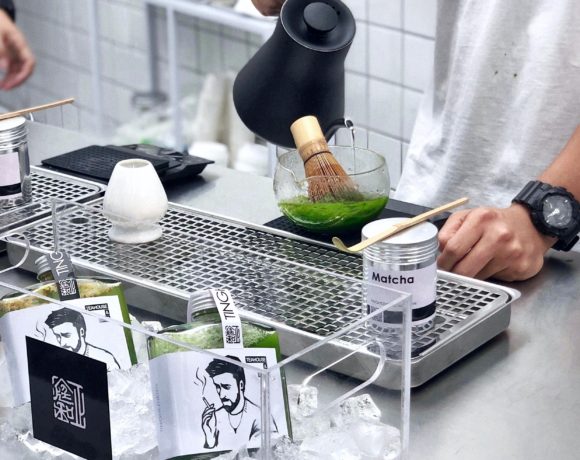
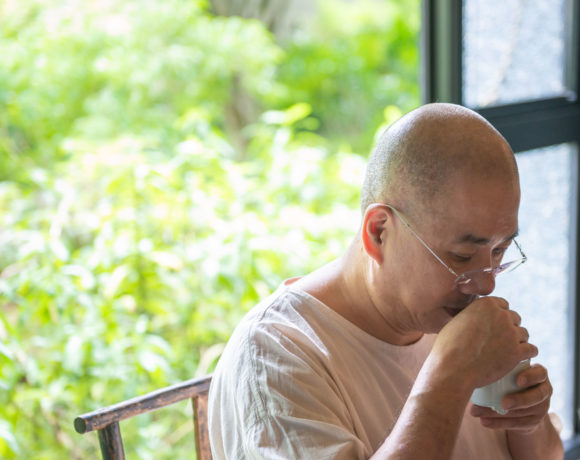
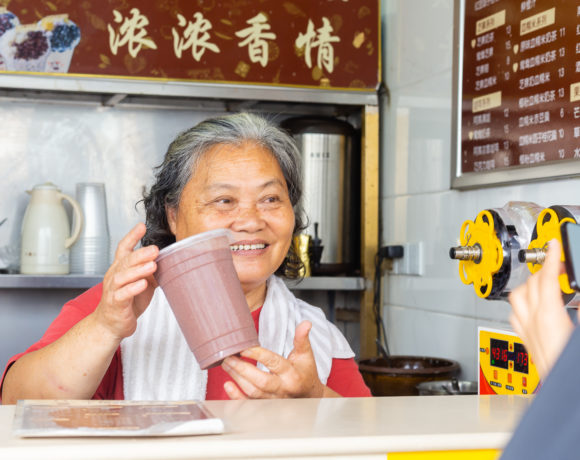






NO COMMENT